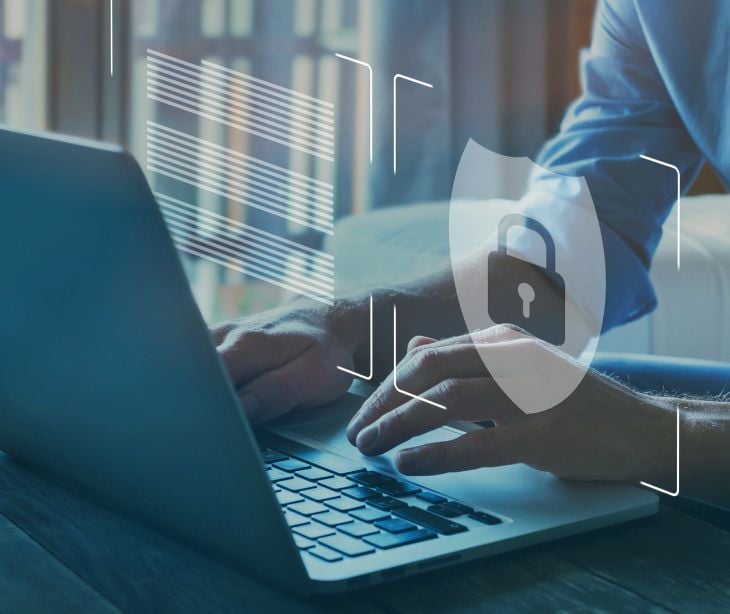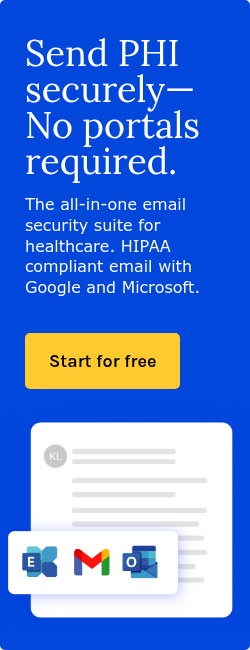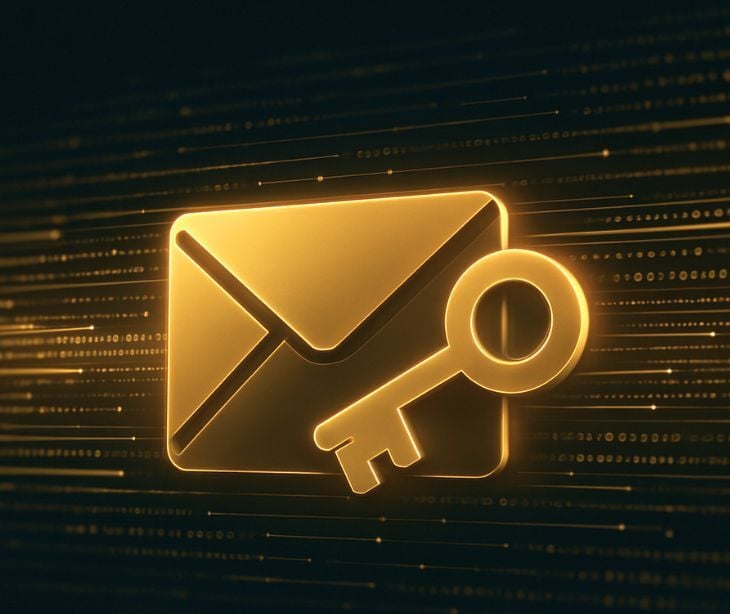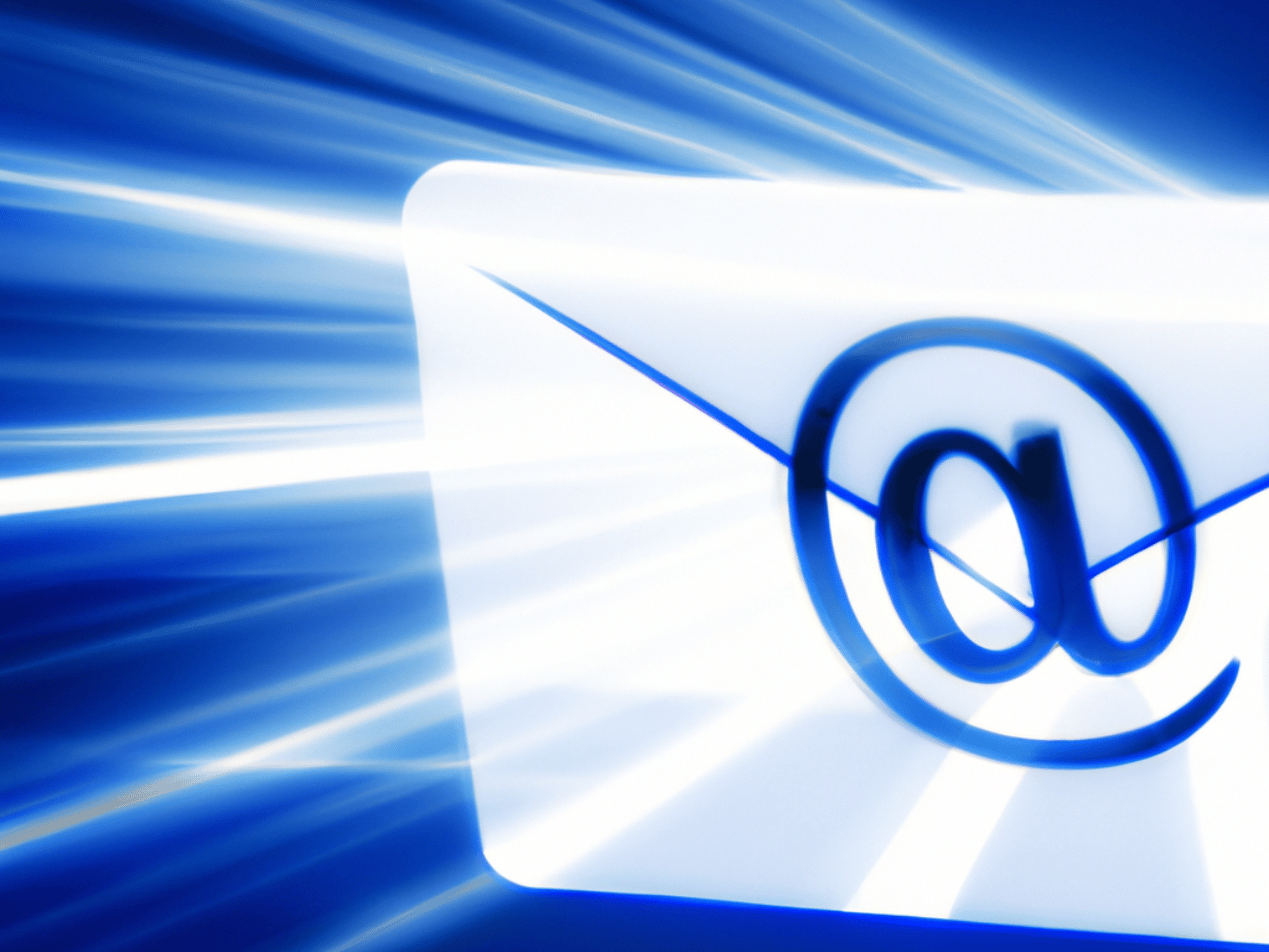6 min read
Differences between email encryption, security, and authentication
Lusanda Molefe March 25, 2025

Email encryption is like sending a secret message. It scrambles the contents of your email, transforming readable text into an unreadable format called ciphertext, so that only the intended recipient, who possesses the decryption key to unlock the message and convert it back to readable text, can read it. This protects your message from unauthorized access, even if intercepted during transmission. Think of it as putting your message in a locked box that only the recipient has the key to open. Encryption uses complex algorithms to achieve this transformation. There are two main types of encryption algorithms:
- Symmetric-key encryption: Uses the same key for both encryption and decryption. Think of it as a single key that locks and unlocks the box. While efficient, symmetric-key encryption poses challenges for secure key exchange.
- Asymmetric-key encryption (also known as public-key cryptography): Uses a pair of keys: a public key and a private key. The public key is shared openly, while the private key is kept secret. Messages encrypted with the recipient's public key can only be decrypted with their private key. This solves the key exchange problem, as the public key can be shared freely.
Many encryption methods, including PGP (Pretty Good Privacy), combine both symmetric and asymmetric encryption for optimal security and efficiency. PGP uses a randomly generated symmetric key to encrypt the message and then encrypts that key with the recipient's public key. This ensures only the recipient, with their private key, can decrypt the message. PGP also allows for digital signatures, using the sender's private key to verify their identity and the message's integrity.
Despite the availability of email encryption technologies, A study about email encryption usability published in the Frontiers in Big Data journal shows low adoption rates, even among tech-savvy users. This increases the demand for user-friendly encryption solutions. For example, only 24% of IT users in the study had actually used PGP, and even fewer had used S/MIME – a software that uses digital certificates issued by trusted authorities to encrypt and authenticate emails. Users often struggle with key management, especially with PGP, and certificate management with S/MIME. These challenges show the requirement for encryption solutions that are both secure and easy to use. Paubox Email Suite, for instance, offers seamless encryption that integrates with existing email platforms, simplifying secure communication and minimizing technical hurdles. With Paubox, emails are encrypted automatically before being sent, and recipients can read them directly in their inbox without needing special software or portals.
Read more: The future of email encryption: Trends to watch
Go deeper: What is cryptography?
Related: The role of VPNs in data encryption
Email security: Protecting your entire system
Email security is a broader concept than just encryption. It encompasses all the measures taken to protect your email account and system from unauthorized access, malware, phishing attacks, and other threats. Think of email security as building a fortress around your email communications, with multiple layers of protection working together to keep your data safe.
These layers include:
- Spam filters: These filters act like gatekeepers, blocking unwanted and potentially malicious emails from reaching your inbox. They identify spam based on characteristics like sender reputation, keywords, and content patterns. Effective spam filters can significantly reduce the risk of phishing attacks and malware infections.
- Antivirus software: Antivirus software scans incoming emails and attachments for known viruses and other malware. It works by comparing files to a database of known threats and quarantining or deleting any suspicious files. Antivirus software needs to be regularly updated for protection against new and evolving malware.
- Multi-Factor Authentication (MFA): MFA requires multiple forms of verification to access your email account, even if someone has your password. This adds an extra layer of security, making it much harder for hackers to gain unauthorized access. Common forms of MFA include one-time codes sent to your phone or email, biometric authentication (fingerprint or facial recognition), or hardware tokens.
- Strong passwords: Strong, unique passwords are fundamental for protecting your email account. Avoid using easily guessable passwords or reusing the same password across multiple accounts. A strong password should be long, complex, and include a mix of uppercase and lowercase letters, numbers, and symbols. Consider using a password manager to securely store and manage your passwords.
- Security awareness training: Providers must educate staff about email security threats. Security awareness training teaches employees how to recognize phishing scams, avoid clicking on suspicious links, and report potential security incidents. Regular training reinforces best practices and builds a culture of security awareness within your organization.
A study on information security awareness programs from the International Journal of Advanced Computer Science and Applications proves how ongoing training reinforces best practices.
In healthcare, email security is of utmost importance for maintaining HIPAA compliance and safeguarding patient data. A 2020 study on healthcare data breaches published in the Healthcare journal found that hacking/IT incidents, including phishing attacks, are the most prevalent cause of breaches, making strong email security a necessity. The study also found that these breaches are increasing and causing significant financial losses.
The email encryption usability study also states the increasing use of multiple email platforms, including mobile apps, webmail, and desktop applications, and shows how email security solutions need to work across different devices and platforms. APIs, like the Paubox Email API, allow developers to integrate HIPAA compliant email functionality into various applications and systems, ensuring secure communication regardless of platform or device. Paubox Email Suite offers inbound security, protecting against phishing and malware, and includes features like spam filtering and antivirus protection.
Email authentication: Verifying sender identity
Email authentication verifies that an email truly originated from the sender it claims to be from, preventing spoofing and phishing attacks, where hackers forge email addresses to deceive recipients. Authentication acts as a digital signature, confirming the sender's identity and increasing confidence in the email's legitimacy. Several methods work together to achieve email authentication:
SPF (Sender Policy Framework): SPF acts like an authorized sender list for your domain. It specifies which mail servers are allowed to send emails on your behalf. When an email arrives, the recipient's server checks the SPF record for the sender's domain. If the sending server isn't on the authorized list, the email might be flagged as spam or rejected.
DKIM (DomainKeys Identified Mail): DKIM adds a unique digital signature to your outgoing emails, cryptographically (securely) verifying that the email hasn't been tampered with during transit. This signature is linked to your domain, and the recipient's server can verify it using your public key. A valid DKIM signature assures the recipient that the email content is genuine and originated from your domain.
DMARC (Domain-based Message Authentication, Reporting & Conformance): DMARC builds upon SPF and DKIM. It allows you to tell receiving mail servers what to do with emails that fail SPF and DKIM checks (e.g., send them to spam, reject them entirely). DMARC also provides reporting data, allowing you to monitor email authentication failures and identify potential spoofing or phishing attempts targeting your domain.
Email authentication is a powerful security layer against phishing and email fraud. In healthcare, it's needed to maintain the integrity of email communications and prevent unauthorized access to PHI. The usability study revealed that many users don't consistently verify sender identity, indicating a gap in understanding and practice. This study also highlighted users' concerns about identity theft, with 78% wanting to prevent unauthorized emails from being sent in their name.
Email encryption, security, and authentication under HIPAA
In healthcare, email security is amplified by HIPAA regulations. HIPAA mandates the protection of PHI, including any information in emails that must be protected. Understanding encryption, security, and authentication can help providers maintain HIPAA compliance.
Encryption and HIPAA
Encryption is key for HIPAA compliant email, protecting PHI during transmission and storage. While HIPAA doesn't mandate a specific method, it emphasizes appropriate safeguards for ePHI. As noted in the usability study, the actual implementation of encryption can be challenging for users.
Email security and HIPAA
HIPAA's Security Rule requires administrative, physical, and technical safeguards to protect ePHI, including email security measures like access controls, audit trails, and staff training. A comprehensive email security strategy is required for Security Rule compliance and preventing data breaches. As the 2020 study on healthcare data breaches reveals, hacking incidents, often initiated through email phishing attacks, are the most common cause of healthcare data breaches, making a case for email security. The proposed Security Rule updates further stress security measures, including regular risk assessments and mandatory annual audits.
Authentication and HIPAA
While not explicitly in HIPAA, email authentication is necessary for maintaining integrity and trust. A study on patient trust and privacy from the American Medical Informatics Association (AMIA) mentions that trust in providers is related to privacy behaviors and attitudes. Authenticating sender identity prevents phishing and fraud, which could compromise PHI. Strong authentication (like multi-factor authentication) is highly recommended.
FAQs
If my email is encrypted, does that mean it's automatically secure and authenticated?
No. Encryption and authentication are distinct but complementary security measures. Encryption scrambles the message content, while authentication verifies the sender's identity. An encrypted email could be from a spoofed address if not authenticated. Similarly, an authenticated email might not be encrypted, leaving the content vulnerable. Ideally, email should be both encrypted and authenticated for maximum protection.
What's the difference between encrypting an individual email and implementing email security for my entire organization?
Encrypting an individual email protects only that specific message. Organizational email security involves implementing system-wide protections like spam filters, antivirus software, multi-factor authentication, and security awareness training to protect all email communications and the entire email infrastructure.
How does authentication fit into the broader picture of email security and HIPAA compliance?
Authentication is a major component of email security and supports HIPAA compliance by verifying sender identity and preventing email spoofing and phishing attacks, which can lead to unauthorized access to PHI. While HIPAA doesn't explicitly mandate authentication, it's a best practice for protecting PHI and maintaining the integrity of electronic communications.
Subscribe to Paubox Weekly
Every Friday we'll bring you the most important news from Paubox. Our aim is to make you smarter, faster.




